India sterilisations: Doctor arrested over operation deaths
- Published
Yogita Limaye reports from the hospital where the operations took place
A doctor has been arrested in connection with the deaths of 15 women at two state-run sterilisation camps in the Indian state of Chhattisgarh.
Dr RK Gupta and his assistant carried out tubectomies on 130 women at two separate camps on Saturday and Monday.
Fourteen died after the first camp in Bilaspur and one after the second, while more than 90 women remain in hospital, many in a critical condition.
Protests have been held and the state government has ordered an inquiry.
It is still not clear what caused the deaths.
Dr Gupta, who had been earlier feted by the state government for conducting a record number of sterilisations, was suspended after the deaths of women at a camp in Bilaspur on Saturday. He was arrested on Wednesday night and will appear in court on Thursday.
He is reported to have said he was put under pressure to carry out the operations.
"It was not my fault - the administration pressured me to meet targets," NDTV quoted him as saying. "The surgeries went well but the problem was with the medicines given to the women."
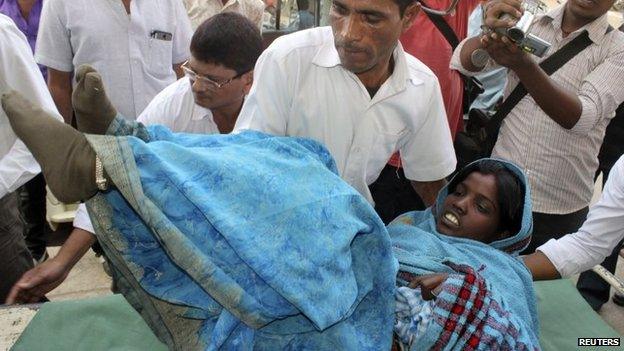
The government has ordered an inquiry into the botched sterilisations
Reports say he operated on 83 women in five hours in one of the camps - government rules say one surgeon should only perform 35 operations in a day.
When the women were brought into hospital after the operations, they were vomiting continuously and their blood pressure had fallen dramatically, correspondents said.

At the scene: Yogita Limaye in Bilaspur
The place where the operations were done is a big white building in an empty patch of land. It looks desolate, with overgrown grass and bushes all around it.
It was a hospital built by a charity, but local people say it has been closed for a while and is only used for government health camps.
Inside, there are cobwebs hanging from the ceiling and walls. There is dust all over the floor.
A passageway leads up to the operating theatre, which is locked but its red light is still glowing. It is the only operating theatre in the building so all of the 83 women had surgery in this room.

Local health officials have denied any responsibility for the deaths, but some suggested that medical teams were under pressure from the authorities to perform too many operations in too little time.
State Health Minister Amar Aggarwal told BBC Hindi that the government had banned six medicines used in such operations pending the results of the investigation.
Sterilisation camps are frequently held to carry out mass tubectomy operations for women - or vasectomies for men - and in some states, health workers receive money for each person they bring to a clinic to be sterilised.
The vast majority who take part are women, often poor and paid to be sterilised.

Explaining female sterilisation: Michelle Roberts, Health editor, BBC News website
Female sterilisation works by sealing the fallopian tubes that carry eggs from the ovaries to the womb. This can be done using clips, clamps or small rings or by tying and cutting the tube - this stops the egg and sperm meeting, so pregnancy can't occur.
Eggs will still be released from the ovaries as normal, but they will be reabsorbed by the body instead.
The procedure can be carried out via keyhole surgery or through an abdominal operation. It is very effective and straightforward when carried out correctly and by a highly trained professional. But it is not without risks. Most doctors will try to use the least invasive method.
It requires an anaesthetic and there is a risk of damage to other organs during the procedure. There can be bleeding and infection too. It should also be considered permanent - it is difficult to reverse.

- Published13 November 2014
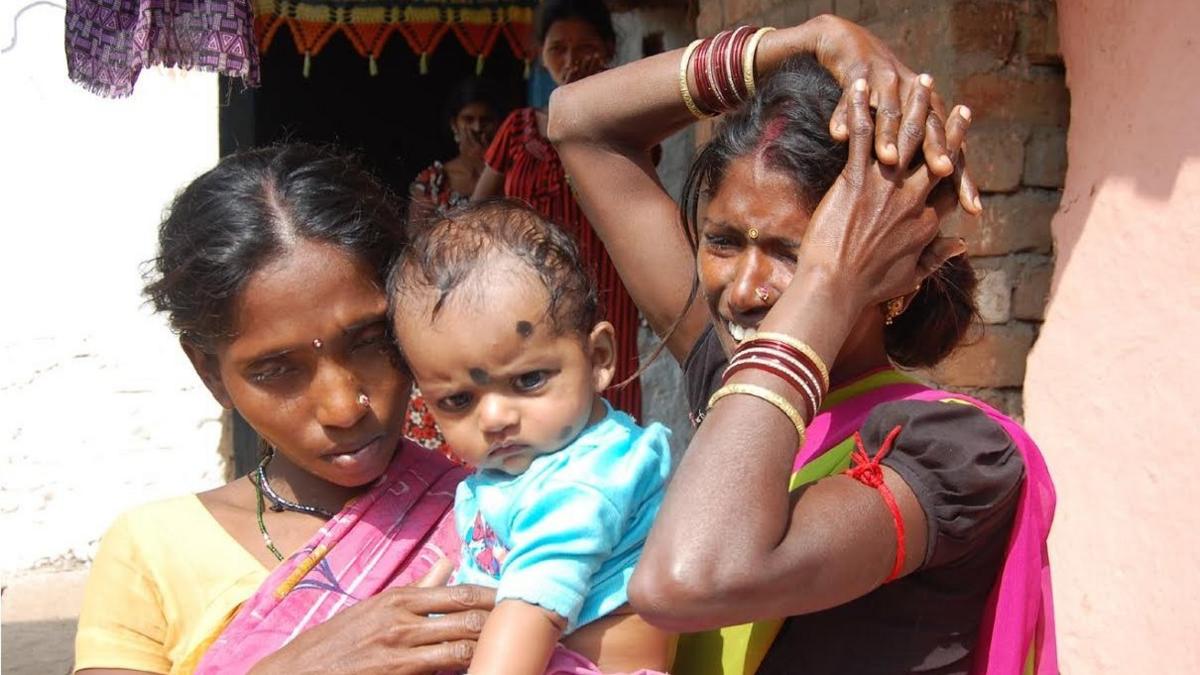
- Published12 November 2014
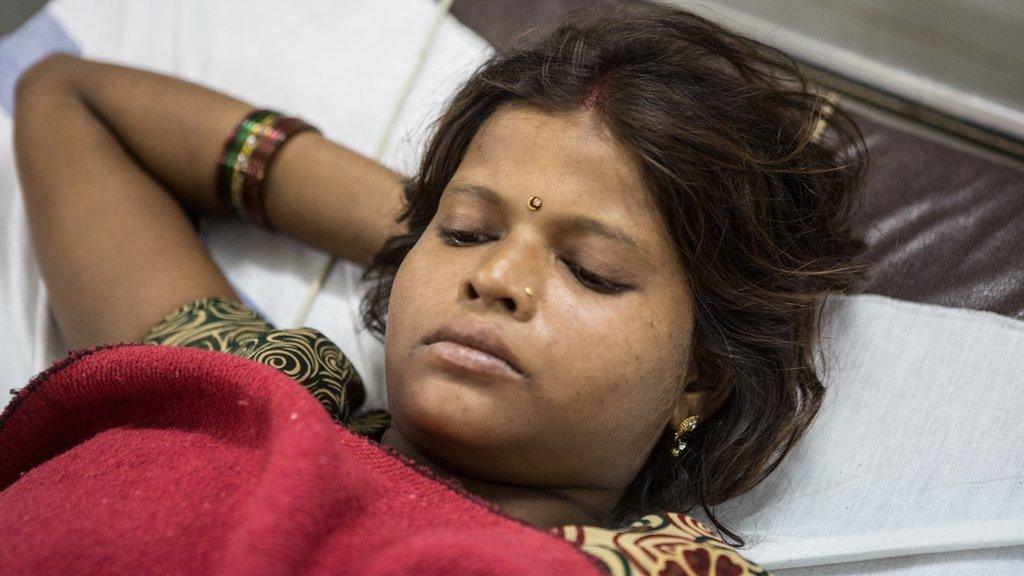
- Published12 November 2014
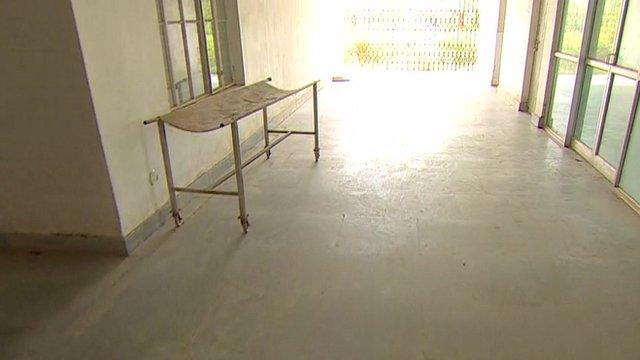
- Published12 November 2014
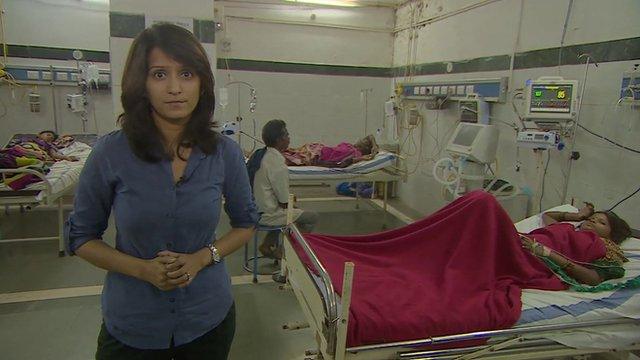
- Published11 November 2014
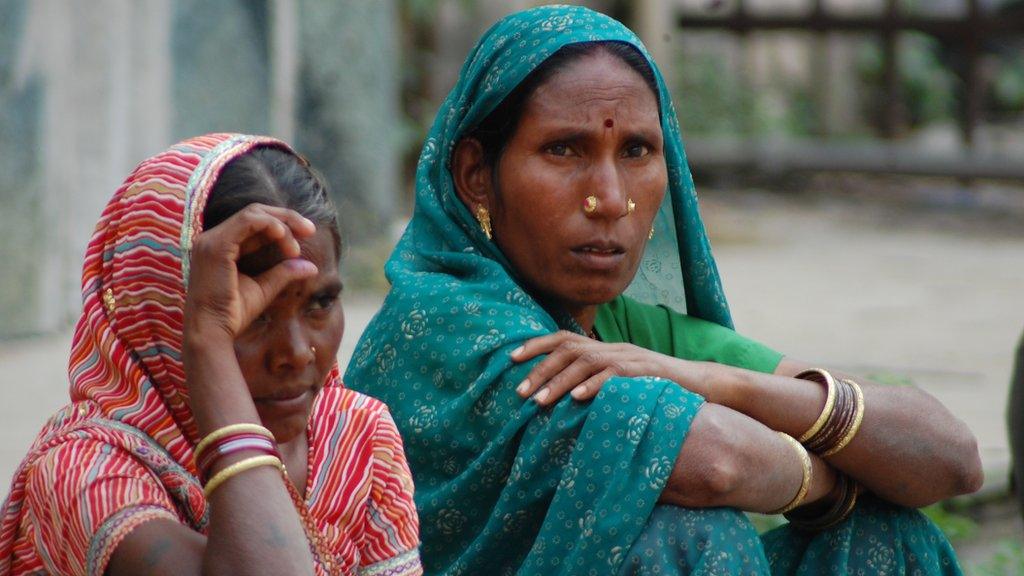
- Published12 November 2014
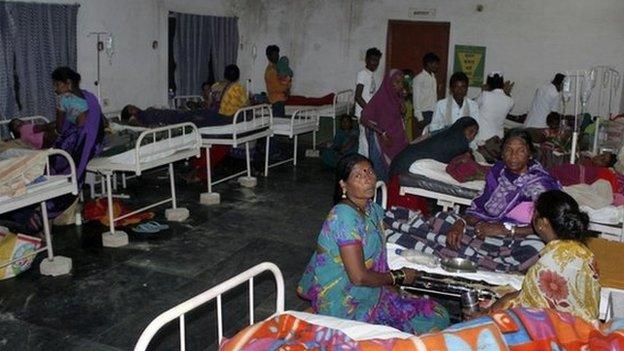
- Published12 July 2011